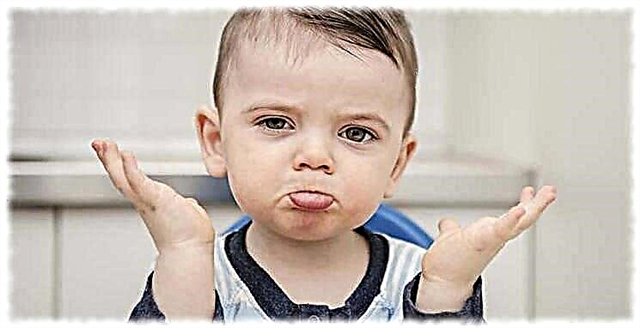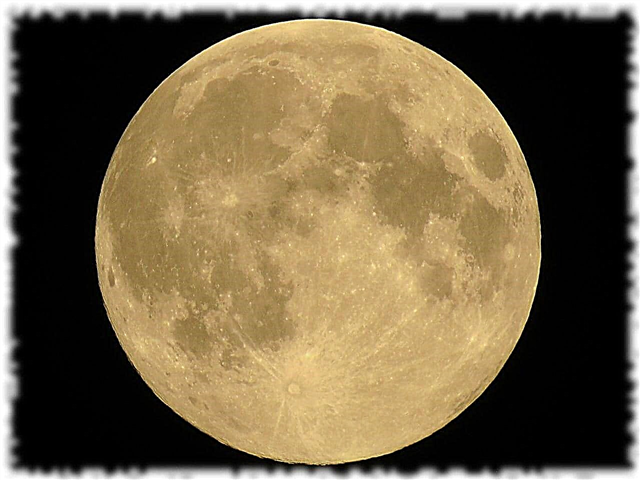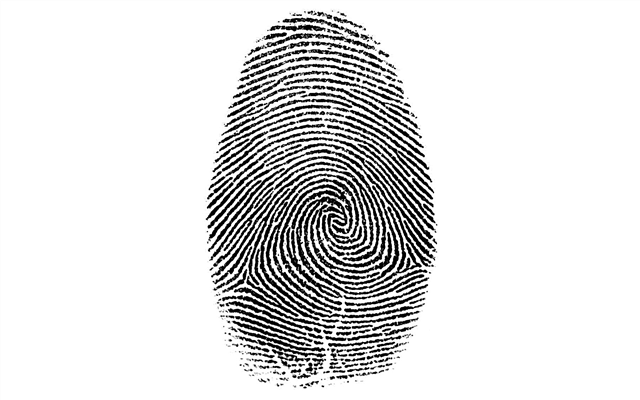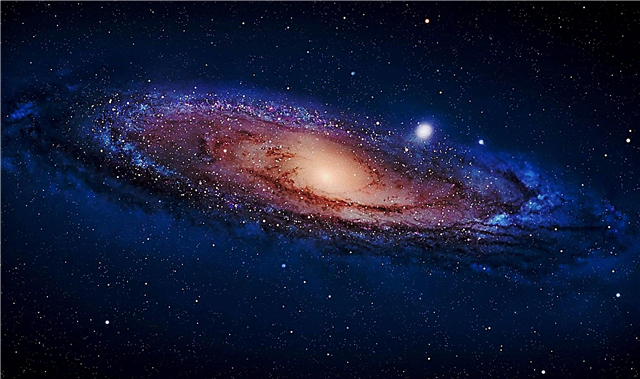
Calendars for the history of mankind there were a huge number. Mankind has always sought to observe the passage of time and to be fully aware of this, for which calendars were required. After all, to get lost in dates and numbers, if you do not have it in front of your eyes, you can very easily and quickly - perhaps this happened at least once in a lifetime with every person.
Calendars help us make plans for the future, know what to expect from today. And about the calendars you can tell a lot of interesting facts that will be curious for each person.
Ancient Aztec Calendar

People got calendars even when there wasn’t all the usual paper today for printing them. The first of them were carved in stone, and therefore successfully preserved to this day. The huge stone calendar of the Aztecs has a diameter of 4 meters, it has a round shape. The ancient Indians knew very well that the year consists of 365 days, on their calendar there were 18 months of 20 days, and another 5 days, which were considered "unhappy". According to legend, these days were not originally, they appeared as a result of some kind of cosmic cataclysm in which, as usual, the gods were blamed.
Aztec calendar and the end of the world
The Aztec calendar surprises even modern people, because it is calculated and registered until December 21, 2012. By this date it ends, which led to certain rumors among the superstitious who believed that on this day the end of the world would happen.In fact, perhaps, the ancient masters simply ran out of space on the stone.
Calendar Facts - Recent Centuries

The modern look appeared on the calendar for a long time. Its modern type is called Julian, because Julius Caesar invented it, it was this option that has been strengthened over the centuries as the most convenient. But in the revolutionary years, everything was revised, and even with the calendars a rather interesting story came out. So, in 1918, the shortest calendar was released in Russia, which contained only 352 days. This is due to the transition to a new style of chronology, which at that time was already well established in Europe. In this calendar, after January 31st, it immediately began on February 14th.
And in 1930, a calendar was introduced - an uninterrupted 5-day week. In this calendar, 72 weeks passed in a year, instead of 52, as it should according to the regular calendar.
Calendar in France
In France, many interesting events took place around the calendar, especially after the revolution. In 1793, the year was divided into 12 months by 30 days, the month by decade by 10 days, and the remaining days were carried out separately at the end of the year. The day was divided by 10 hours, an hour by 100 minutes, a minute by 100 seconds. But Napoleon in 1806 returned everything to its former course, abolishing this not too familiar system.
Calendars as works of art and collection material

Pocket calendars can be seen in great variety, they appeared in Russia in 1885, and since then have been issued annually. They were first launched in the printing house of the Partnership of I. N. Kushnarev and Co., which today is called the Red Proletarian. And already from the moment of their first appearance, these small items the size of a playing card have become interesting material for collectors.Today this direction of collecting has its own name - calendars, or philotime. The very first book-type calendar came out much earlier, on the eve of 1761. This is the “Court Calendar”, which has survived to the present day and is located in the Saltykov-Shchedrin library in St. Petersburg.
The tear-off calendar appeared later, only by the 19th century. The first person to print such a product was Sytin, to whom Leo Tolstoy gave this advice.
Fancy calendars
In addition to the usual, unusual calendars were published - for example, in verses. Those were issued in the form of posters for wall mounting. Miniature calendars were issued - the smallest of them is smaller than a box of matches, it weighs 19 grams and is located at the Armenian Institute of Manuscripts. The calendar consists of 104 sheets of parchment, compiled by the scribe OgCent, and it can only be dismantled using a magnifying glass.
You can see the largest collection of calendars that exists in the Book Chamber, in the State Archive of the Press. There are about 40 thousand different calendars, since the task of the archive is to accumulate control samples of various publications.
Thus, a lot of interesting things can be said about calendars. They exist in a great variety, each people in the past kept their own chronology and used their own calendar, and even today not all peoples strive for unity in this regard. But today it’s easier for people than in the distant past, because paper pocket calendars are sold in every print booth.And besides, there are built-in calendars in cell phones, computers. But still, some people continue to collect paper calendars, indulging in philotimes, and rejoicing in their unusual collection.












